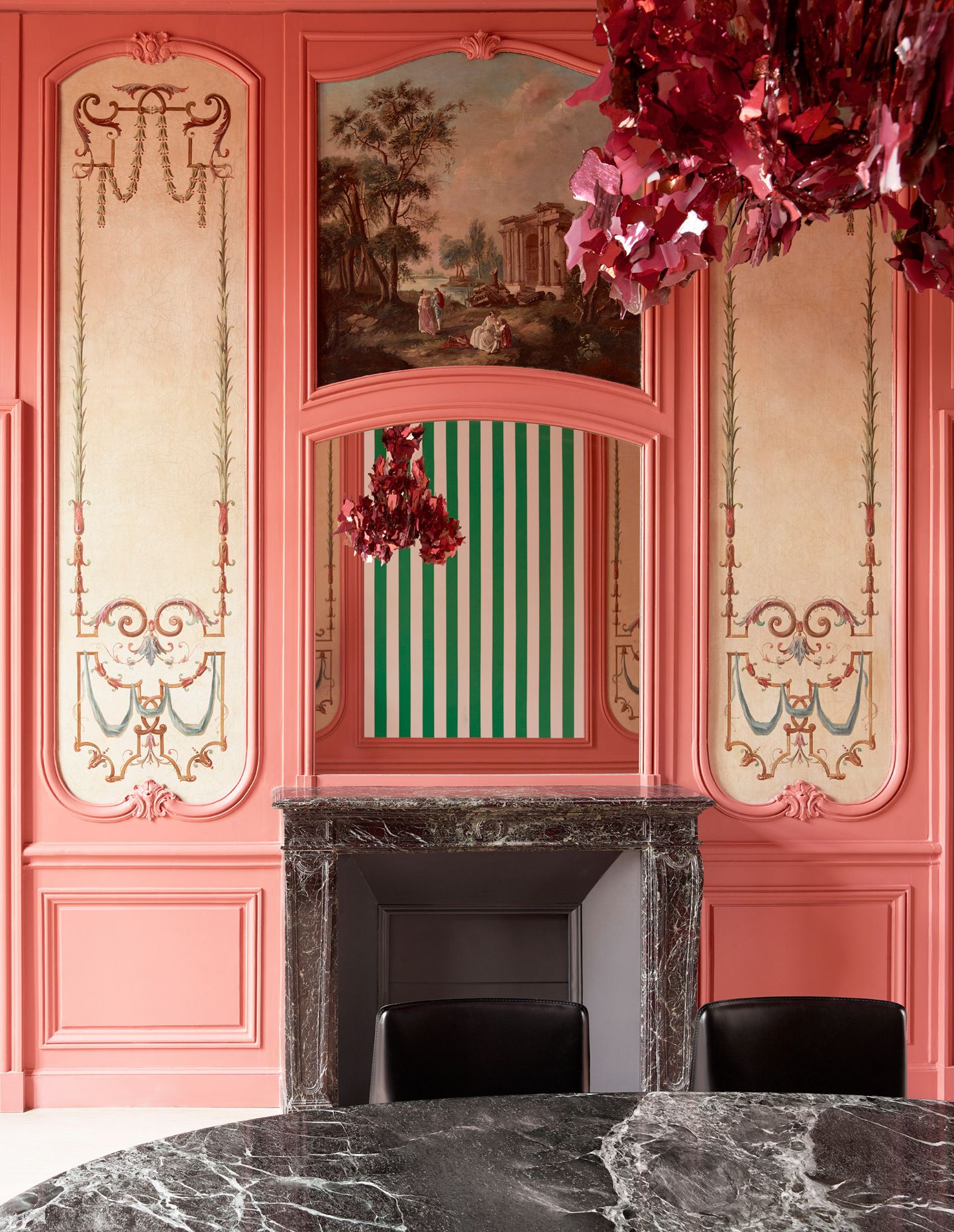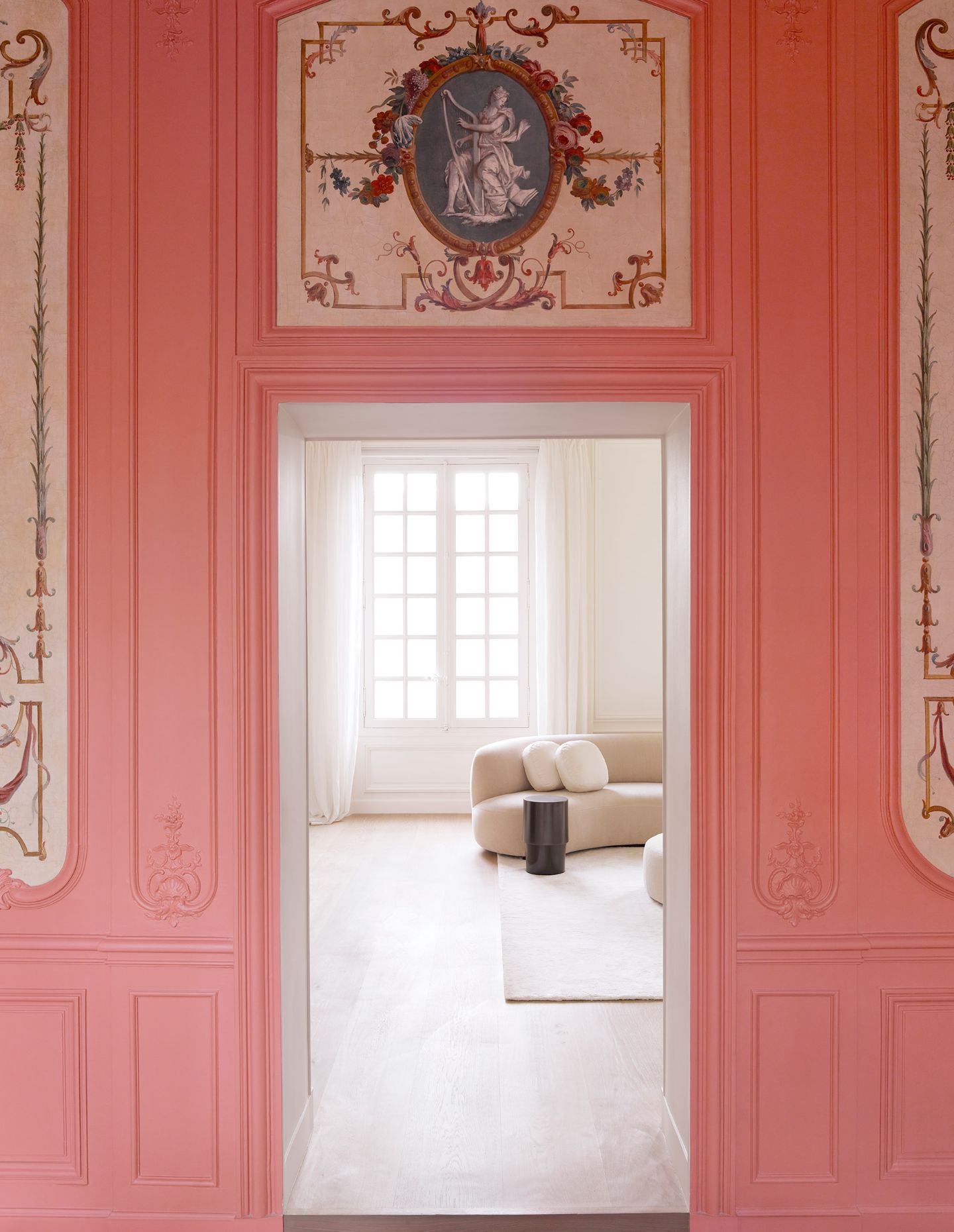The Paris Apartment, nestled within the historic Hôtel de Sagonne in Paris’ 4th arrondissement, is a fine example of how modern design can harmonise with historical architecture. The apartment, originally part of a grand baroque residence designed by Jules Hardouin-Mansart in 1668, has undergone careful restoration and renovation to balance its rich heritage with contemporary living.
The building, which holds the highest level of heritage protection in Paris, saw significant changes when it was converted into multiple apartments in the mid-twentieth century. A partial renovation in the 1970s altered some of its original features, but the recent redesign has sought to respect and restore the apartment’s historic elements while introducing modern amenities.
Wood Marsh’s interior design of the Paris Apartment achieves a delicate balance between preserving the past and embracing the present. Key architectural features have been meticulously restored, and later additions have been thoughtfully removed. Rather than attempting to replicate the original elements, the design preserves them with reverence, allowing the apartment’s historical significance to shine through.

A white colour palette dominates much of the apartment, creating a warm and soft atmosphere. This is particularly evident in the formal living area, where organic beige sofas and bold pastel artwork enhance the space. The introduction of new timber floorboards unifies the apartment, resolving inconsistencies in flooring and level changes from previous renovations.
In contrast, the kitchen offers a bold, contemporary statement with black timber and Nero Marquina marble. The design features concealed detailing and integrated appliances, giving the kitchen a geometric, sculptural feel. A central, symmetrical niche adds to the room’s refined aesthetic, complemented by an informal dining area and framed artwork.
The formal dining room serves as the heart of the apartment, with other key spaces branching off from it. The room’s salmon hue, inspired by the baroque grotesque forms in the mouldings, adds warmth and depth to the space. A custom chandelier by Nathalie Ziegler Pasqua enhances the grandeur of the dining area, while a hidden bar, clad in magenta mirror, introduces a striking element of surprise.

The study, painted in deep charcoal, provides a visual pause between the formal living area and the master bedroom. This dark, intimate space offers privacy and serves as an informal lounge. Meanwhile, the master bedroom, with its bed positioned as a central monolithic feature, exemplifies the apartment’s blend of historical and modern design. The master ensuite, with its three-milimetre white marble adhered to an aluminium honeycomb substrate, showcases innovative design that respects the building’s structural limitations.
Overall, the Paris Apartment is a thoughtful dialogue between contemporary design and historical restoration. By blending the heritage of Paris with modern architectural elements, the apartment creates a harmonious balance between history and modernity.















